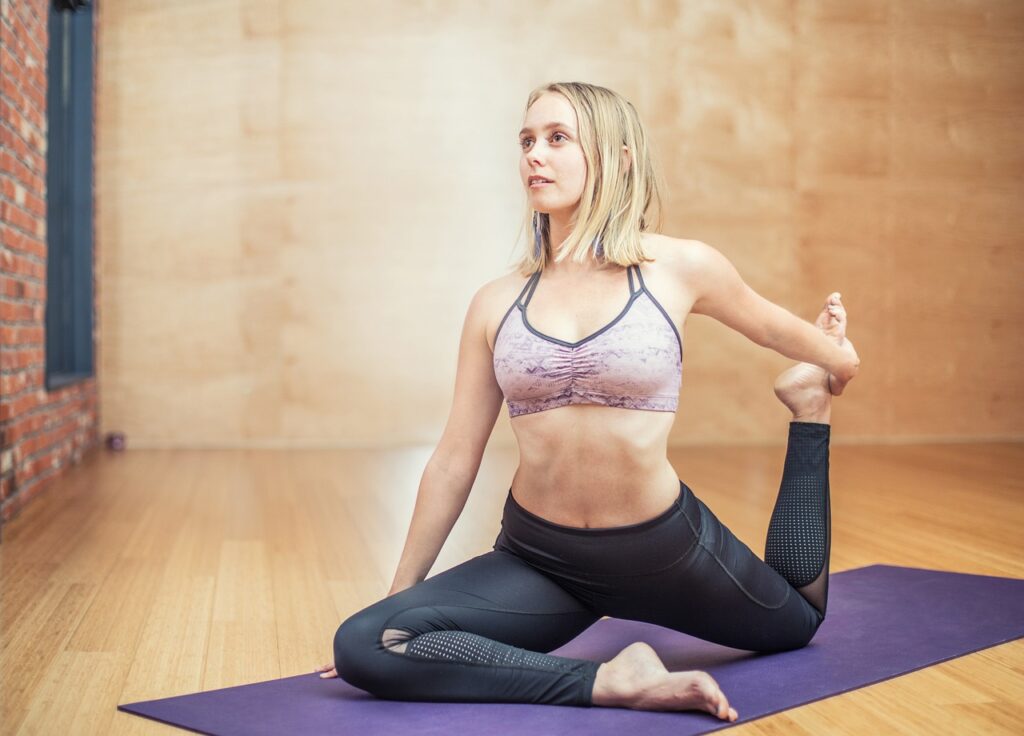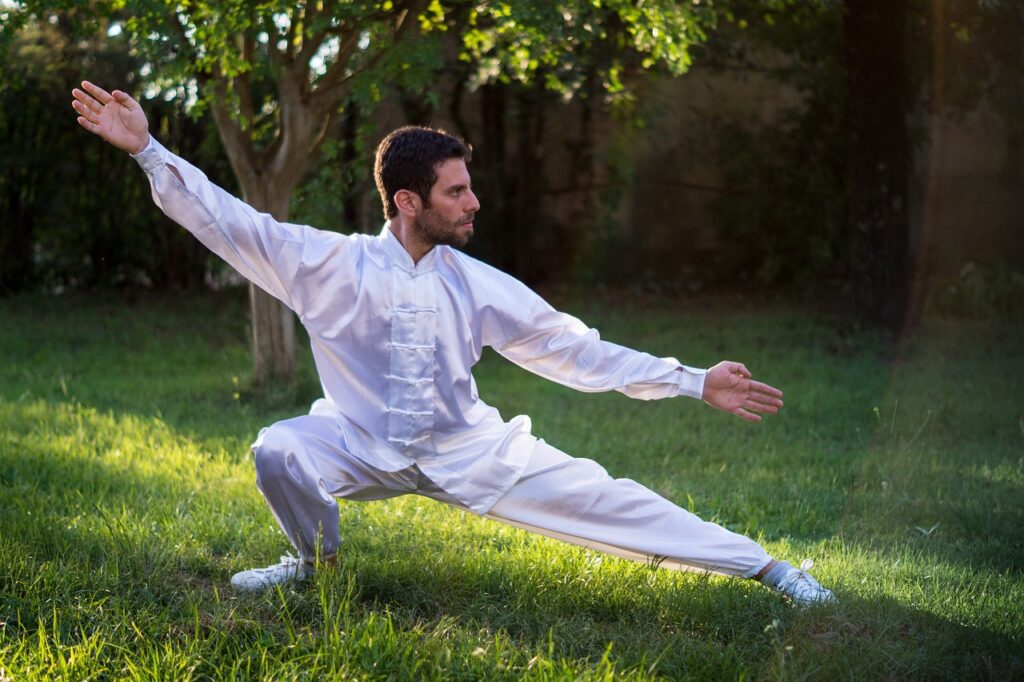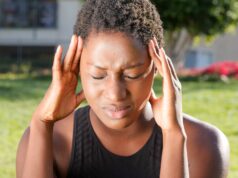
Effective Home Remedies for Stress Relief
Introduction to Stress
Stress is an inevitable part of our lives, affecting us physically, mentally, and emotionally. It is a natural response to the demands and pressures we face on a daily basis. While some stress can be beneficial and motivate us to perform better, chronic stress can have detrimental effects on our overall well-being. In today’s fast-paced world, finding effective ways to manage and reduce stress is crucial for maintaining a healthy and balanced life.
What Causes Stress?
Stress can be triggered by various factors, including work-related pressures, financial difficulties, relationship problems, health issues, and even major life changes. Each individual may respond differently to these stressors, but it is important to identify the root causes to effectively manage stress. By understanding the underlying causes, we can take proactive steps towards finding suitable remedies.
Symptoms of Stress
Stress can manifest itself in numerous ways, both physically and emotionally. Some common symptoms of stress include:
- Headaches or migraines
- Insomnia or disturbed sleep patterns
- Increased irritability or anger
- Difficulty concentrating or making decisions
- Feeling overwhelmed or anxious
- Changes in appetite (overeating or loss of appetite)
- Low energy levels and fatigue
- Body aches and muscle tension
If you are experiencing these symptoms, it is important to address them promptly to prevent chronic stress from taking a toll on your health.
Continue to the next page for more information about Home Remedies for Stress Relief…
Home Remedies for Stress
While there is no one-size-fits-all solution for managing stress, there are several effective home remedies that can help alleviate its symptoms. These remedies can be easily incorporated into your daily routine, providing you with the much-needed relief and relaxation.
1. Engage in Physical Activities
Regular exercise is not only beneficial for your physical health but also plays a significant role in reducing stress. Engaging in activities such as walking, jogging, yoga, or dancing can help release endorphins, which are natural mood boosters. Find an activity that you enjoy and make it a part of your routine to effectively manage stress.
The top 10 Physical Activities that can help you reduce stress:
A. Walking or Jogging

Walking or jogging is a simple yet powerful physical activity that can significantly reduce stress. Whether you prefer a leisurely stroll or an intense run, these activities help clear your mind, increase blood flow, and release tension. Aim for at least 30 minutes of brisk walking or jogging every day to experience the stress-reducing benefits.
B. Yoga

Yoga combines physical movement, deep breathing, and meditation to create a holistic approach to stress reduction. The gentle stretches and poses in yoga help relax the body and calm the mind. Regular practice of yoga can improve flexibility, reduce muscle tension, and promote a sense of inner peace.
Continue to the next page for more information about Home Remedies for Stress Relief…
C. Dancing

Letting loose and dancing to your favorite music can be an incredibly fun and stress-relieving activity. Dancing not only gets your body moving but also boosts your mood by releasing endorphins. So put on your favorite tunes and dance like nobody’s watching!
D. Cycling

Cycling is not only a great way to stay fit but also an excellent stress-busting activity. Whether you prefer cycling outdoors or using a stationary bike, the rhythmic motion and fresh air can help clear your mind and alleviate stress. Challenge yourself with different routes and enjoy the scenic beauty while cycling.
E. Swimming

Swimming is a low-impact exercise that provides a full-body workout while soothing your mind. The rhythmic movement in water has a calming effect on the body, reducing stress and anxiety. Whether you swim laps or simply float in the water, swimming can help you relax and unwind.
Continue to the next page for more information about Home Remedies for Stress Relief…
F. Martial Arts

Martial arts, such as karate, taekwondo, or judo, not only improve physical fitness but also teach discipline and self-control. The focused movements and mental concentration involved in martial arts can help release pent-up stress and promote mental clarity.
G. Team Sports

Engaging in team sports like soccer, basketball, or volleyball can be a great way to reduce stress while enjoying the camaraderie of others. Playing sports not only provides physical benefits but also helps distract your mind from stressors and promotes social interaction.
H. Hiking

Immersing yourself in nature through hiking can be a fantastic way to reduce stress. The combination of physical activity, fresh air, and scenic views can have a calming effect on the mind and body. Choose a trail that suits your fitness level and enjoy the stress-relieving benefits of hiking.
Continue to the next page for more information about Home Remedies for Stress Relief…
I. Pilates

Pilates is a low-impact exercise method that focuses on core strength, flexibility, and body awareness. The controlled movements and emphasis on breath can help reduce stress and improve overall well-being. Incorporate Pilates into your routine to experience its stress-reducing effects.
J. Tai Chi

Tai Chi is a gentle martial art that combines slow, flowing movements with deep breathing and meditation. This ancient practice helps reduce stress, improve balance, and promote relaxation. Regular practice of Tai Chi can help you find inner peace and manage stress more effectively.
2. Practice Deep Breathing Exercises
Deep breathing exercises are a simple yet powerful technique to calm your mind and relax your body. Deep breathing can help activate the body’s relaxation response, reduce stress hormones, and promote a sense of calm and tranquility.
Continue to the next page for more information about Home Remedies for Stress Relief…
The top 10 deep breathing exercises that can help you reduce stress:
A. Diaphragmatic Breathing
Also known as belly breathing or abdominal breathing, diaphragmatic breathing involves deep inhalation and exhalation, focusing on expanding the abdomen rather than the chest. This technique helps activate the diaphragm, promoting relaxation and reducing stress.
B. Box Breathing
Box breathing is a simple yet effective technique that involves inhaling, holding the breath, exhaling, and holding the breath again in a rhythmic pattern. This exercise helps regulate breathing and brings a sense of calmness to the mind and body.
C. 4-7-8 Breathing
Developed by Dr. Andrew Weil, the 4-7-8 breathing technique involves inhaling for a count of 4, holding the breath for a count of 7, and exhaling for a count of 8. This exercise helps reduce anxiety, promote relaxation, and improve sleep quality.
D. Alternate Nostril Breathing
Alternate nostril breathing is a yogic breathing technique that involves inhaling through one nostril while closing the other, then exhaling through the opposite nostril. This practice helps balance the energy in the body, calm the mind, and reduce stress.
E. Equal Breathing
Equal breathing, also known as Sama Vritti in yoga, involves inhaling and exhaling for an equal count. This technique helps balance the nervous system, increase focus, and induce a state of relaxation.
F. Lion’s Breath
Lion’s breath is a powerful breathing exercise that involves taking a deep inhalation through the nose and exhaling forcefully through the mouth while sticking out the tongue. This technique helps release tension in the face, throat, and chest, relieving stress and promoting a sense of liberation.
G. Progressive Muscle Relaxation
Progressive muscle relaxation combines deep breathing with the systematic tensing and releasing of different muscle groups. This technique helps release physical tension, reduce anxiety, and promote overall relaxation.
H. Humming Bee Breath
Humming bee breath, also known as Bhramari pranayama, involves inhaling deeply and exhaling while making a humming sound like a bee. This exercise helps calm the mind, reduce stress, and improve focus and concentration.
I. Resonant Breathing
Resonant breathing, or coherent breathing, involves inhaling and exhaling for a specific count, typically around 5-6 breaths per minute. This technique helps balance the autonomic nervous system, reduce stress, and improve emotional well-being.
J. Guided Visualization
Guided visualization combines deep breathing with the power of imagination. By visualizing peaceful and calming scenes while practicing deep breathing, you can reduce stress, enhance relaxation, and promote a positive mindset.
Continue to the next page for more information about Home Remedies for Stress Relief…
3. Practice Mindfulness and Meditation
Mindfulness and meditation techniques can help you stay present and calm your mind. Take a few minutes each day to sit quietly, focus on your breath, and observe your thoughts without judgment. This practice can help reduce anxiety and promote a sense of inner peace.
The top 10 Mindfulness and Meditation Practice that can help you reduce stress:
A. Deep Breathing
Deep breathing is a simple yet powerful technique to calm your mind and relax your body. Find a quiet place, sit comfortably, and take slow, deep breaths. Focus on your breath as it enters and leaves your body. This practice helps to activate the relaxation response and reduce stress levels.
B. Body Scan Meditation
Body scan meditation involves bringing your attention to different parts of your body, starting from the top of your head and moving down to your toes. As you focus on each body part, notice any sensations or tension. This practice helps you become aware of any areas of stress or discomfort and promotes relaxation.
C. Mindful Walking
Take a break from your daily routine and go for a mindful walk. Pay attention to the sensations in your body as you walk, the feeling of your feet touching the ground, and the movement of your muscles. Engaging in mindful walking can help clear your mind and reduce stress.
D. Loving-Kindness Meditation
Loving-kindness meditation involves directing well-wishes and compassion towards yourself and others. Sit in a comfortable position, close your eyes, and repeat phrases such as “May I be happy, may I be healthy, may I be safe.” This practice cultivates feelings of love, kindness, and empathy, reducing stress and promoting positive emotions.
E. Guided Visualization
Guided visualization is a powerful technique that uses your imagination to create a peaceful and calming mental image. Close your eyes and imagine yourself in a serene and tranquil setting. Visualize the details, such as the colors, sounds, and smells. This practice helps to relax your mind and reduce stress.
F. Mindful Eating
Next time you have a meal, try practicing mindful eating. Pay attention to the taste, texture, and aroma of your food. Chew slowly and savor each bite. Mindful eating helps to bring your focus to the present moment, prevent overeating, and reduce stress related to food.
G. Gratitude Meditation
Gratitude meditation involves reflecting on the things you are grateful for in your life. Sit quietly, close your eyes, and bring to mind the people, experiences, or things you appreciate. Express gratitude for each of them. This practice shifts your focus from stress to gratitude, promoting a positive mindset.
H. Progressive Muscle Relaxation
Progressive muscle relaxation is a technique that involves tensing and then releasing different muscle groups in your body. Start from your toes and work your way up to your head. This practice helps to release physical tension and promotes relaxation.
I. Mindful Journaling
Grab a pen and paper and engage in mindful journaling. Write down your thoughts, feelings, or experiences without judgment. This practice allows you to process your emotions and gain clarity, reducing stress and promoting self-reflection.
J. Mindfulness-Based Stress Reduction (MBSR)
Mindfulness-Based Stress Reduction (MBSR) is a structured program that combines mindfulness meditation, yoga, and body awareness. It is designed to help individuals manage stress, pain, and illness. Joining an MBSR program can provide you with valuable tools and support for reducing stress and promoting overall well-being.
Continue to the next page for more information about Home Remedies for Stress Relief…
4. Prioritize Self-Care
Taking care of yourself is essential for managing stress. Set aside time each day for activities that bring you joy and relaxation. This could include reading a book, taking a warm bath, listening to music, or indulging in a hobby. By prioritizing self-care, you can recharge and rejuvenate, making it easier to cope with stress.
5. Connect with Loved Ones
Social support plays a crucial role in stress management. Reach out to friends, family, or loved ones and share your feelings. Talking about your stressors can provide a fresh perspective and emotional support. Surrounding yourself with positive and supportive individuals can help alleviate stress and foster a sense of belonging.
6. Maintain a Healthy Lifestyle
A healthy lifestyle can significantly impact your stress levels. Ensure you are getting enough sleep, eating a balanced diet, and avoiding excessive caffeine and alcohol. These lifestyle choices can help stabilize your mood and provide a solid foundation for stress management.
7. Seek Professional Help
If your stress becomes overwhelming and starts interfering with your daily life, it may be beneficial to seek professional help. A therapist or counselor can provide guidance and support in developing effective coping mechanisms and strategies to manage stress.
In Conclusion
While stress is a part of life, it is essential to find healthy ways to manage and reduce its impact. By incorporating these home remedies into your daily routine, you can effectively alleviate stress and promote overall well-being. Remember, everyone’s journey is unique, so find what works best for you and make self-care a priority.












